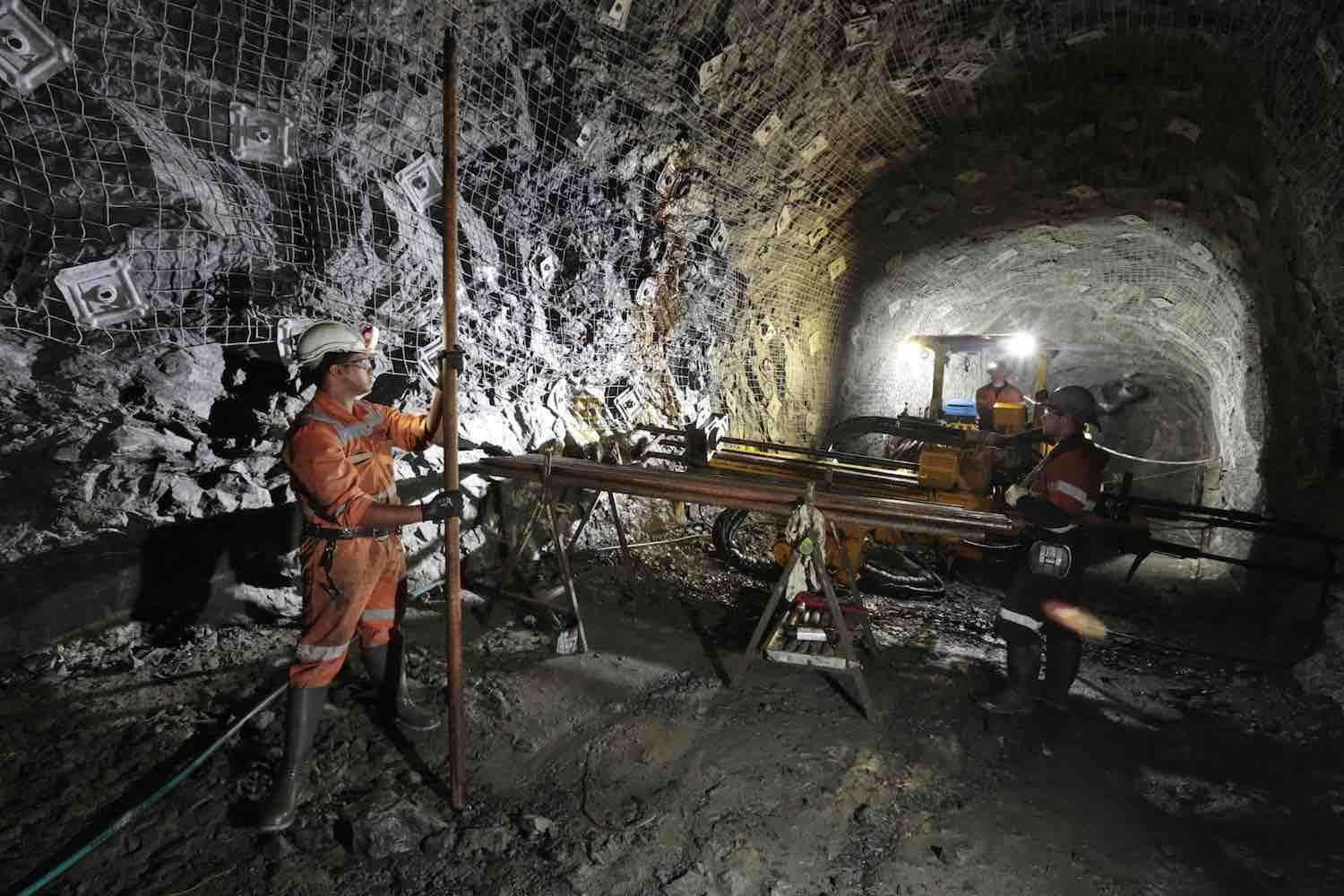
Underground Mine Ventilation Systems
Canada: Ensuring Safety and Efficiency
ZACON LIMITED

Ventilation is a critical aspect of underground mining operations in Canada, ensuring the safety and well-being of workers while optimizing productivity. In this article, we delve into the intricacies of underground mine ventilation systems, exploring their components, types, design considerations, challenges, innovations, case studies, and future trends, with a particular focus on Zacon Limited contributions to the field.
Underground Mine Ventilation Systems Canada
Underground mine ventilation is all about keeping the air fresh and safe for miners working below the surface. It’s a system that constantly brings in clean air and removes harmful contaminants. Here’s a breakdown of its key functions:
•Fresh air supply: Pumps in fresh air to replace the air underground.
•Contaminant removal: Removes dust, fumes from diesel engines, and harmful gases like methane and carbon monoxide. These contaminants can cause serious health problems or even explosions.
•Temperature control: Mines can get hot, so ventilation helps regulate temperature for miners’ comfort and safety.
Importance of Ventilation in Underground Mines
Ventilation plays a pivotal role in underground mines by providing fresh air to workers and removing harmful gases, dust, and heat generated during mining activities. It helps maintain suitable temperature and humidity levels, preventing the accumulation of toxic gases like carbon monoxide, which can pose serious health risks.

Components of Underground Mine Ventilation Systems
Main Ventilation Fans
Main ventilation fans, utilized extensively by Zacon Limited, are responsible for circulating air throughout the mine workings. These large fans are strategically placed to ensure adequate airflow to all areas of the mine, keeping workers safe and comfortable.
Ductwork
Ductwork, a crucial component installed by Zacon Limited in Canadian mines, forms the network through which air is distributed from the main fans to different parts of the mine. Properly designed ductwork ensures efficient airflow and minimizes resistance, optimizing the performance of the ventilation system.
Ventilation Shafts
Ventilation shafts, another essential element in Zacon Limited ventilation solutions in Canada, provide pathways for fresh air to enter the mine and for contaminated air to exit. They are typically equipped with dampers or regulators to control airflow and maintain desired ventilation rates.
Airflow Control Devices
Zacon Limited integrates various airflow control devices such as doors, curtains, and regulators at various points in Canadian mines to direct airflow and prevent the spread of contaminants. They help maintain proper ventilation balance and ensure the safety of workers.

Types of Ventilation Systems
There are several types of ventilation systems utilized in underground mines, each with its own advantages and applications. Understanding the different types is crucial for designing an effective ventilation strategy. Here are the main types:
1. Natural Ventilation
Natural ventilation relies on the natural airflow patterns within the mine workings. This method utilizes pressure differentials caused by temperature variations and wind to drive airflow. While it is cost-effective and energy-efficient, natural ventilation may not always provide sufficient airflow, especially in deeper mines or areas with limited natural airflow.
2. Mechanical Ventilation
Mechanical ventilation involves the use of powered ventilation equipment, such as fans and blowers, to circulate air within the mine. This method allows for precise control of airflow rates and directions, ensuring adequate ventilation in all areas of the mine. Mechanical ventilation systems are commonly used in modern mining operations due to their reliability and flexibility.
3. Auxiliary Ventilation
Auxiliary ventilation supplements the main ventilation system by providing additional airflow to specific areas of the mine where ventilation requirements are higher. This may include localized ventilation systems installed near working faces or in areas with high heat or gas emissions. Auxiliary ventilation helps maintain safe working conditions in challenging mining environments.
Conclusion
Underground mine ventilation systems are indispensable for ensuring the safety, health, and productivity of workers in mining operations in Canada. By understanding the components, types, design considerations, challenges, innovations, and future trends of ventilation systems, mining companies like Zacon Limited can effectively manage their underground environments and promote sustainable mining practices.
Also Read: Safeguarding the Underground: Zacon’s Stench System® for Advanced Mine Safety in Canada
